Top Things to Know Before Buying Tall Indoor Plants
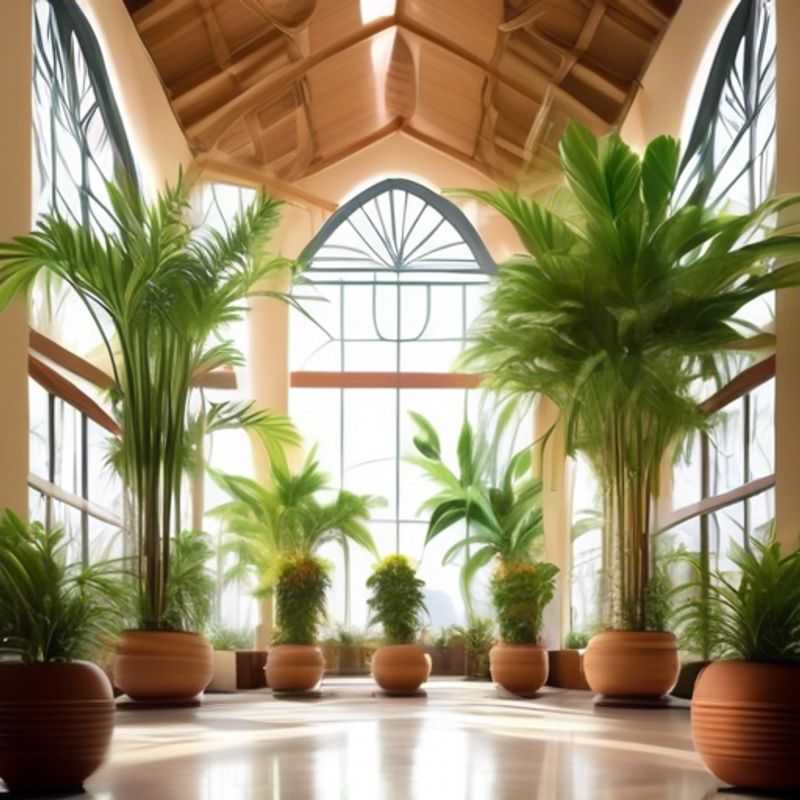
Top Things to Know Before Buying Tall Indoor Plants: Measure Your Space, Research Care Requirements, Consider Lighting, Choose Indoor-Friendly Plants, Prepare Soil and Container, Develop a Watering Routine, Provide Support
Bringing the outdoors in with tall indoor plants can dramatically enhance your home's aesthetic and air quality. However, before making a purchase, it's crucial to consider a few key factors to ensure both your plant and your home thrive. Here's a breakdown of the top things to know before buying tall indoor plants:
1. Measure Your Space: Before heading to the nursery, measure the area where you intend to place the plant. This will help you determine the maximum height and width your plant can be. A tall plant in a confined space can be a tripping hazard or block natural light.
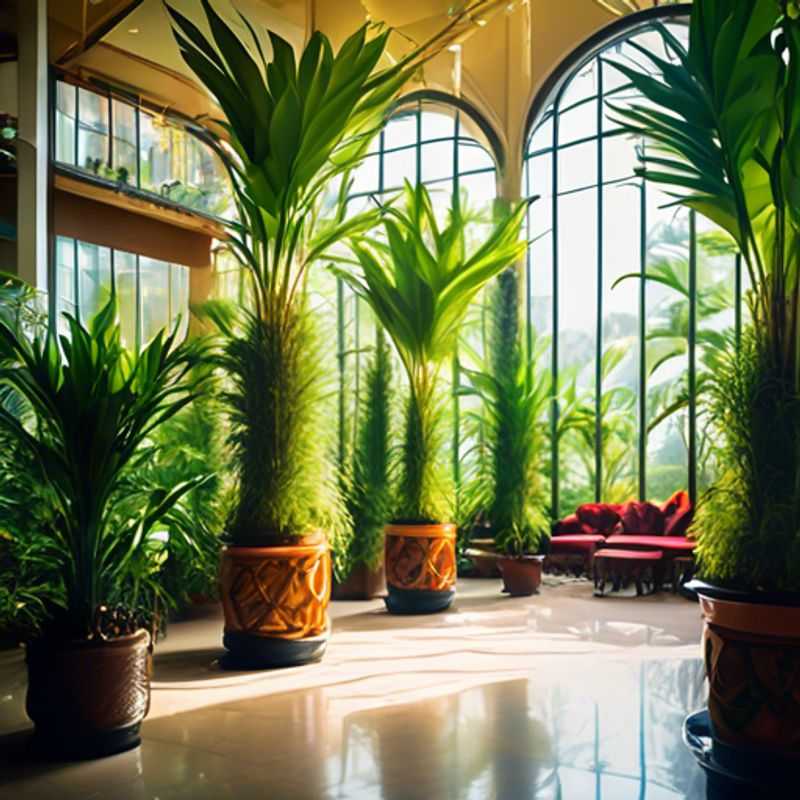
Measure Twice, Plant Once: Ensuring Your New Greenery Has Room to Grow
Before bringing a new plant home, it's crucial to make sure you have enough space. Not only for its current size but also for its potential growth. Measure the area where you intend to place the plant. Consider its mature size. Plants can grow quite large, so you might need to reconsider your choice if the space is limited.
Use a tape measure to get the length, width, and height of the designated spot. Check the plant's size and compare it to the measurements. Take into account the pot's size and how much space the plant needs to spread its roots and foliage.
For larger plants or if you're unsure about the mature size, look up information online or consult a plant expert. It's also helpful to consider the plant's growth habits, such as whether it grows upright, spreads horizontally, or climbs.
Remember, a well-fitting plant is happy and healthy. By making sure you have enough space, you create a thriving environment for your plant and enjoy its beauty for years to come.
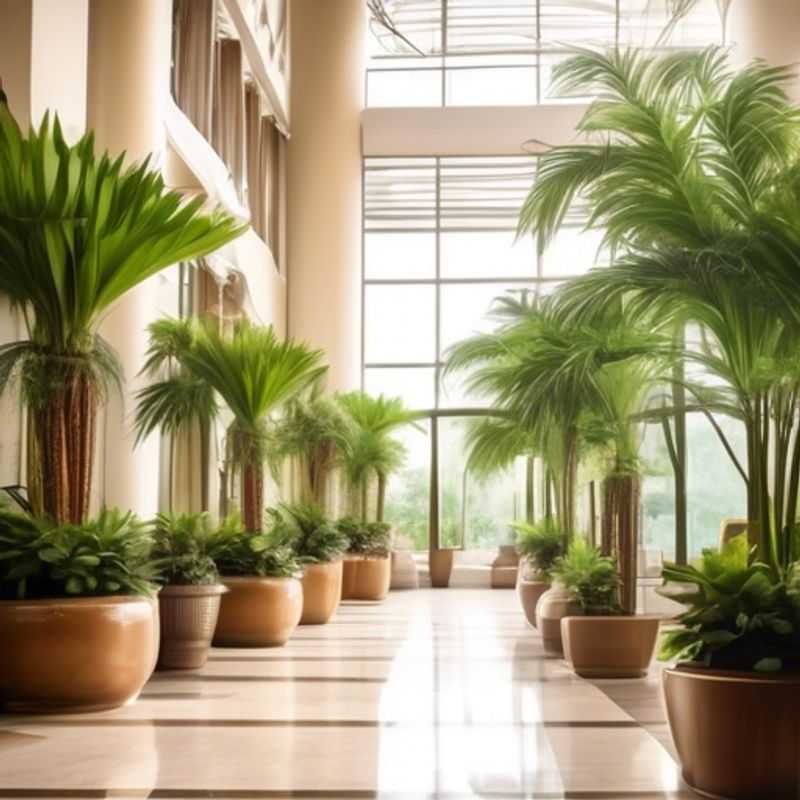
Reaching New Heights: Caring for Tall Indoor Plants
Tall indoor plants can be a beautiful addition to any home, but they also require specific care to thrive. Here’s a quick guide to help you get started:
Light: Tall plants often require bright, indirect light. Place them near a window that receives plenty of sunlight, but avoid direct sunlight, which can scorch the leaves. You can rotate your plants regularly to ensure even growth.
Watering: The frequency of watering depends on the specific plant, but generally, tall indoor plants need moisture. Allow the top inch of soil to dry out between waterings. Overwatering can lead to root rot, so be sure to check the soil moisture before watering.
Humidity: Many tall indoor plants prefer humid environments. You can increase humidity by placing a humidifier near the plant or by grouping plants together.
Temperature: Most tall indoor plants thrive in temperatures between 65 and 75 degrees Fahrenheit. Avoid placing them near drafts or heat sources.
Fertilizer: Tall indoor plants may benefit from fertilization during the growing season. Use a balanced liquid fertilizer diluted to half strength and apply it once a month.
Repotting: Repot your tall indoor plant when it becomes rootbound, which is usually every 1-2 years. Choose a pot that is only slightly larger than the previous one.
Pruning: Pruning can help to maintain the shape and size of your plant. Remove any dead or damaged leaves or stems. You can also prune to encourage branching and bushier growth.
Pest Control: Be sure to inspect your plants regularly for pests such as spider mites, mealybugs, and aphids. Use an insecticidal soap or neem oil to control any pests.

Lighting Conditions: The Key to Plant Placement Success
Knowing the lighting conditions where you'll place your plant is crucial for its health. Different plants thrive in different light levels. Understanding your plant's light requirements is essential, whether it's bright, direct sunlight, partial shade, or low light indoors.
To determine your plant's lighting needs, consider its native environment. Plants that grow in sunny locations will need more direct light, while those adapted to shade will flourish in less intense lighting.
If you're unsure about a plant's light preferences, a simple online search or a visit to your local nursery can provide valuable information. Consider factors like window placement, room orientation, and any existing light fixtures to determine the lighting levels available in your home or garden. You might need to supplement natural light with artificial lighting, especially for indoor plants. Investing in a light meter can be helpful to accurately assess light levels. By understanding the lighting needs of your plants, you can create the perfect environment for them to thrive.
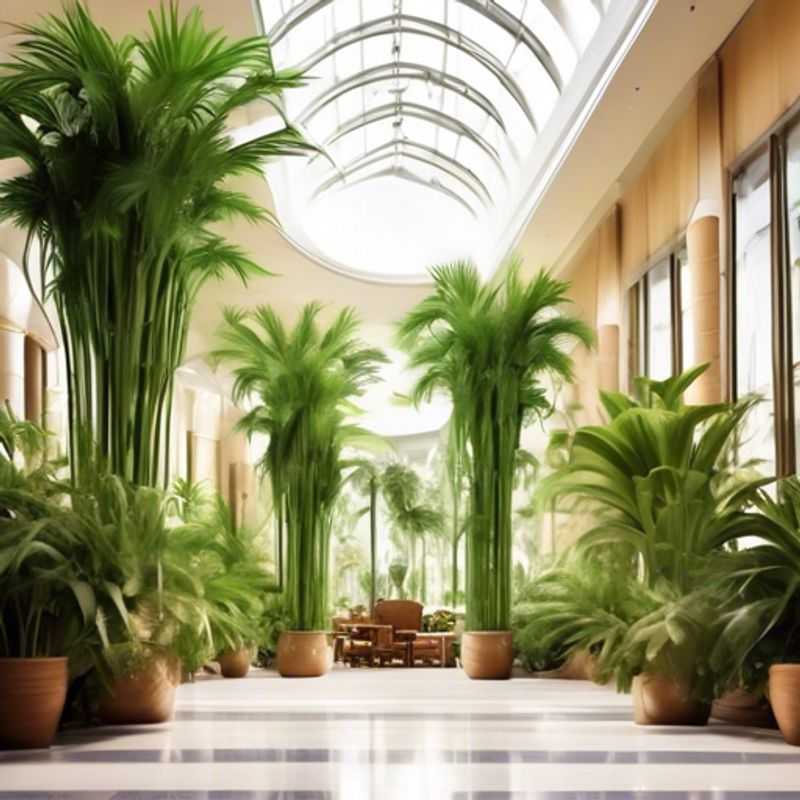
Choosing the Right Plants for Your Indoor Oasis
Bringing nature indoors can boost your mood and air quality. When choosing houseplants, consider these factors:
Light: Determine the amount of natural light your space receives. Plants need different levels of light to thrive. Water: Some plants prefer frequent watering, while others are drought-tolerant. Choose plants that match your watering habits. Temperature: Most indoor plants thrive in temperatures between 65-75 degrees Fahrenheit. Toxicity: If you have pets or children, choose non-toxic plants. Space: Consider the size of your plant and its potential growth.
Here are some popular choices:
Low-light plants: Snake plants, ZZ plants, peace lilies.
Moderate light plants: Spider plants, pothos, philodendron.
High-light plants: Ficus, citrus trees, orchids.
When purchasing, inspect the plant for signs of disease or pests. Invest in high-quality potting mix and choose the right-sized pot. Remember to water regularly and fertilize seasonally. You may need to adjust your care routine depending on the specific plant.
With careful selection and proper care, your indoor plants will flourish, transforming your home into a peaceful and enriching oasis.
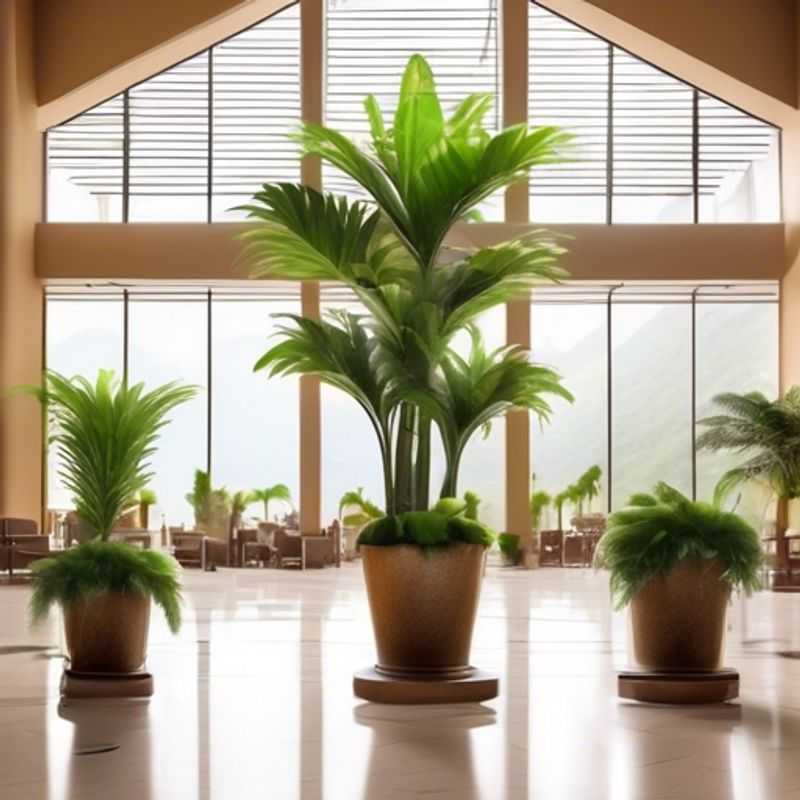
Prepping the Perfect Patch: Soil and Container Choices for Healthy Plants
Choosing the right soil and container is crucial for healthy plant growth. Start by selecting a container with adequate drainage holes to prevent waterlogging. The size should be appropriate for the plant's mature size, allowing room for root development. Consider using pots made from materials that retain moisture but also allow for good aeration. Avoid using containers that are too large or too small, as this can lead to root problems.
The type of soil you choose will depend on the specific plant's needs. Use a potting mix designed for the plant type, ensuring it provides the right balance of nutrients, drainage, and aeration. For example, cacti and succulents require a well-draining, sandy soil mix, while leafy greens prefer a richer, more organic mix. If you are unsure, you can always consult a gardening expert or refer to plant care guides.
You can also amend your soil with compost or other organic matter to improve its texture, drainage, and nutrient content. However, it is important to note that not all plants benefit from the same soil amendments. For example, adding too much compost to a cactus's soil mix can lead to root rot.
To ensure a healthy start, always sterilize your container before planting. You can achieve this by washing it with soap and water or by using a bleach solution. After cleaning, allow the container to dry completely before adding the soil.
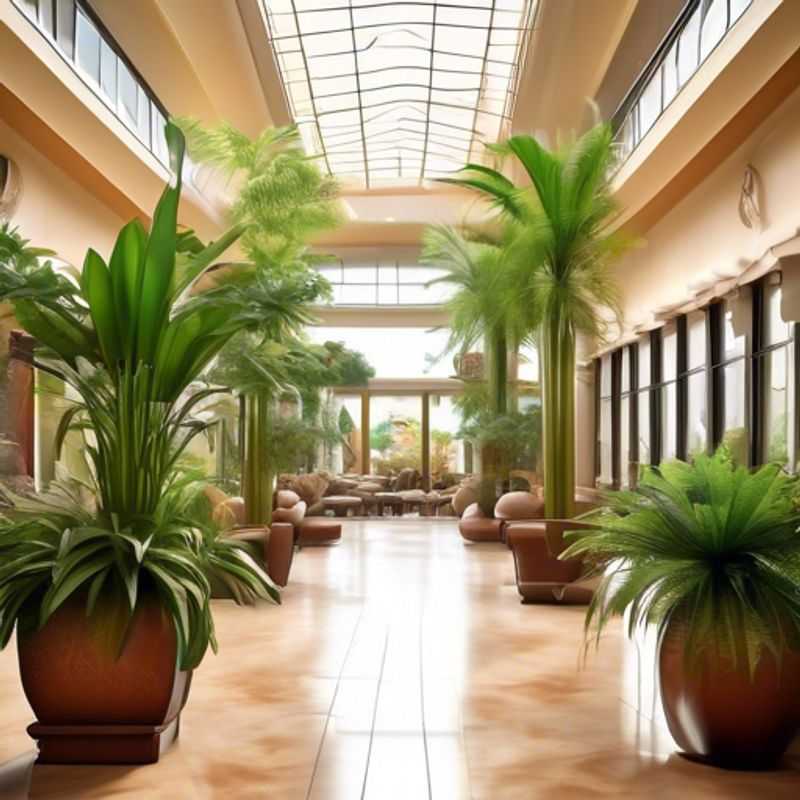
Nurturing Your Green Friends: A Guide to Watering and Fertilizing Your Plants
Developing a consistent watering and fertilization routine is essential for maintaining plant health. Start by assessing your plant's specific needs, as different types of plants have varying requirements. Generally, the best practice is to water deeply but infrequently, allowing the soil to dry out between waterings. This encourages deep root growth and prevents root rot. Aim to water in the early morning or late afternoon to minimize evaporation.
When it comes to fertilization, choose a balanced fertilizer suitable for your plant type, typically applied during the growing season. For most houseplants, a liquid fertilizer diluted to half strength every 4-6 weeks is effective. Always follow the manufacturer's instructions to avoid over-fertilization, which can harm the plant.
Consider the cost of purchasing quality fertilizers and tools such as watering cans or soil moisture meters. If you prefer convenience, subscription services for fertilizers and soil amendments are available, providing regular deliveries at a cost. Additionally, investing in a good soil mix can enhance water retention and nutrient availability.
Lastly, keep an eye on your plants for signs of distress, such as yellowing leaves or stunted growth, which may indicate the need for adjustments in your routine. Regular monitoring is key to a successful watering and fertilization plan, ensuring your plants remain healthy and vibrant.
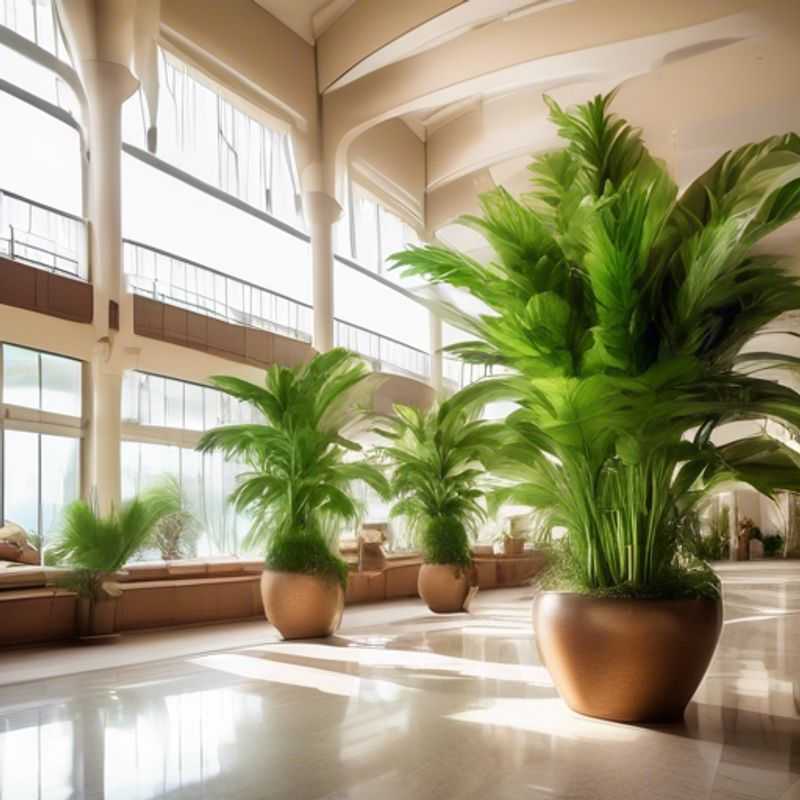
Supporting Tall Plants: Stakes, Trellises, and Other Solutions
Taller plant varieties often require support to thrive, especially in windy conditions. This support can be provided through staking, which involves using stakes or other materials to hold the plant upright.
Staking is essential for taller plants because it:
• Prevents plants from falling over or becoming damaged by wind.
• Allows plants to grow tall and strong.
• Promotes better air circulation, reducing the risk of fungal diseases.
• Improves the overall appearance of the plant.
There are many different types of staking materials available, including:
• Bamboo stakes: These are readily available and inexpensive.
• Wooden stakes: These are sturdy and long-lasting.
• Metal stakes: These are durable and resistant to rust.
When choosing staking materials, consider factors such as:
• The height of the plant.
• The weight of the plant.
• The type of soil.
• The aesthetics of the garden.
To stake a plant effectively:
• Insert the stake into the ground near the base of the plant.
• Use plant ties or twine to gently secure the plant to the stake.
• Avoid tying the plant too tightly, as this can restrict growth.
• Check the stakes periodically and adjust them as needed.
Remember, proper staking is a key factor in ensuring the health and longevity of taller plants. It's an essential investment for successful gardening, and it allows you to enjoy the full beauty of your taller plant varieties.
